When dealing with piping systems that operate under demanding conditions, choosing the right standard for high-pressure flanges is crucial. In this article, we explore several widely used standards, explain why they matter, and outline how they differ. By understanding these standards, engineers and procurement specialists can achieve safer, more reliable joint connections in high-pressure systems.
What Makes a Flange “High-Pressure”?
A flange becomes “high-pressure” when it must handle pressures significantly higher than typical industrial service. In such cases, the flange must exhibit enhanced material strength, tighter tolerances, more rigorous testing, and often specialised sealing surfaces. For example, flanges built under the API 6A standard may support working pressures up to 20,000 psi (≈ 138 MPa).By contrast, standard process-industry flanges under
ASME B16.5 typically cover pressure classes up to 2500.
Key Standards for High-Pressure Flanges
Below are some of the most common standards used for high-pressure flanges.
1.ASME B16.5 (for sizes up to NPS 24)
The ASME B16.5 standard addresses pipe flanges and flanged fittings from ½″ up to 24″ nominal pipe size (NPS) in both metric and inch units.
2.ASME B16.47 (Large Diameter Steel Flanges: NPS 26–60)
When flange sizes exceed NPS 24, the ASME B16.47 standard applies.Specifically, it divides into Series A and Series B. Series A is often used for more demanding applications, larger body thickness, fewer bolt holes, and higher integrity.
3.API 6A (Oil-field, High-Pressure Flanges)
The API 6A standard is intended for well-equipment and oil-field high-pressure flanges, not general industrial piping. It supports extremely high pressures—often 2000 psi to up to 20,000 psi—and is typically used with through-bore sizes from 1 13/16″ up to around 21 1/4″.
4.EN 1092-1 (European Standard)
In European practice, the EN 1092‑1 standard governs flange design for steel, including those used in higher-pressure applications. It covers pipe sizes DN 15 to DN 2000, and pressure ratings such as PN6, PN10, PN16, PN25, PN40.
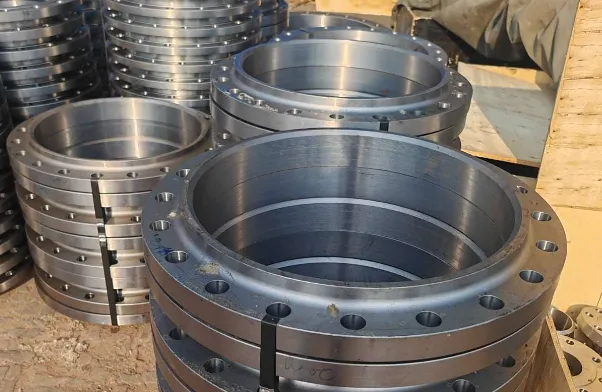
The most commonly used standard in China is HG/T20592, promulgated by the Ministry of Chemical Industry. The latest version was implemented in 2009, but after several revisions, the 1997 version is still more complete than the 1997 version, so many companies still use HG20592-1997. However, many design institutes refer to the petrochemical SH3406 standard for many pages, but its parameters are consistent with the American standards in HG/T20592. Domestic standard design is also compiled based on American ASME standards, so most of the standards for high-pressure flanges are universal, with only slight differences in technical emphasis among different industries.
when working with high-pressure flanges, understanding and selecting the right standard is pivotal. The most common standards include ASME B16.5 (for standard and high-pressure sizes up to NPS 24), ASME B16.47 (for large sizes), API 6A (for oil-field extreme pressures), and EN standards for European practice. Each standard brings defined requirements for dimensions, materials, pressure-temperature ratings, and testing.






 English
English Español
Español بالعربية
بالعربية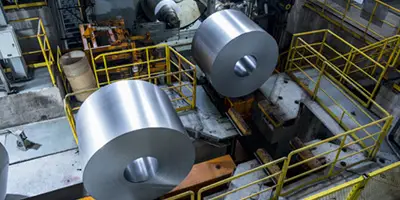

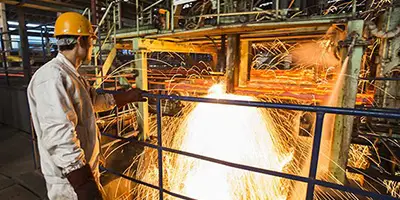
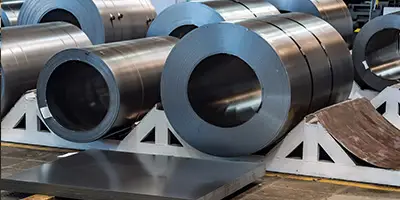

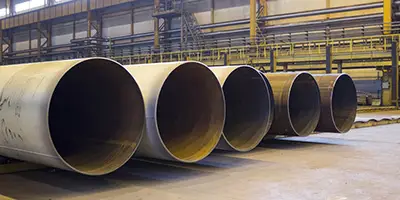

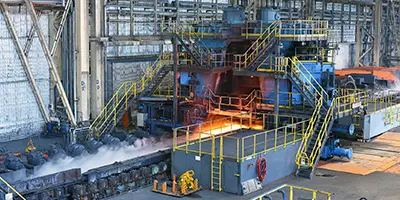
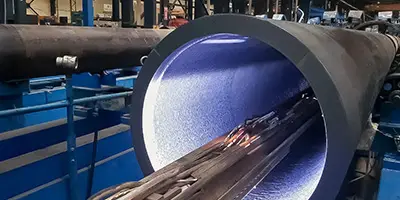



 Phone :
Phone :  Whatsapp :
Whatsapp :  Email :
Email : 


